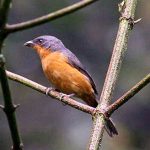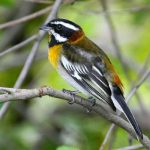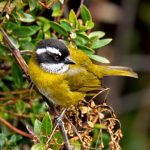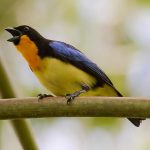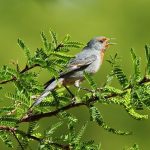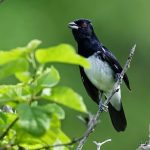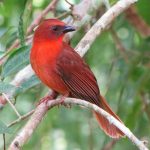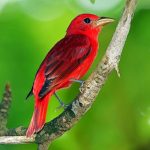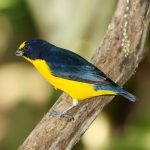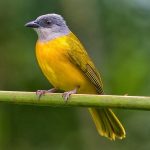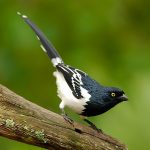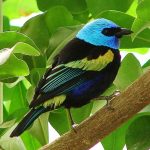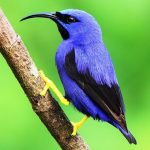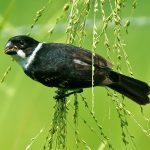Sayaca tanager
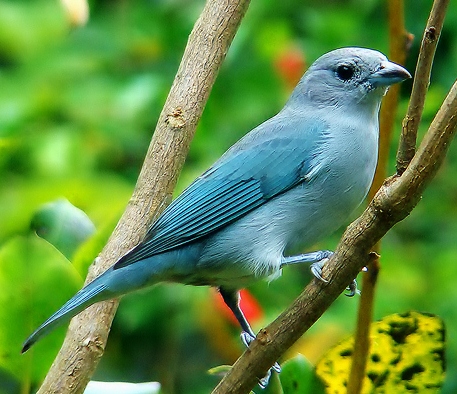
 |
| Photo by Celi Aurora (Flickriver) |
Common name:
sayaca tanager (en); sanhaçu-cinzento (pt); tangara sayaca (fr); celestino común (es); prälattangare (de)
Taxonomy:
Order Passeriformes
Family Thraupidae
Range:
These birds are found in eastern, central and southern Brazil, as well as in Bolivia, Paraguay, Uruguay and north-eastern Argentina.
Size:
Sayaca tanagers are 17-18,5 cm long and weigh 25-42 g.
Habitat:
They are mostly found in open forests and scrublands, as well as in plantations, pastures, and gardens and parks within urban areas.
Diet:
Sayaca tanagers are omnivorous, eating a wide range of fruits, flowers, buds, insects and spiders.
Breeding:
These birds breed in August-October. Both sexes build the nest, an open cup made of moss, rootlets and leaves. The nest is hidden among dense vegetation, generally being placed in a fork in a tree, 1,5-9 m above the ground. There the female lays 2-3 white or greyish eggs with brown spots, which she incubates alone for 12-14 days. The chicks are fed by both parents and fledge 20 days after hatching.
Conservation:
IUCN status – LC (Least concern)
The sayaca tanager has a very large breeding range and is described as common. The population is suspected to be stable in the absence of evidence for any declines or substantial threats.
